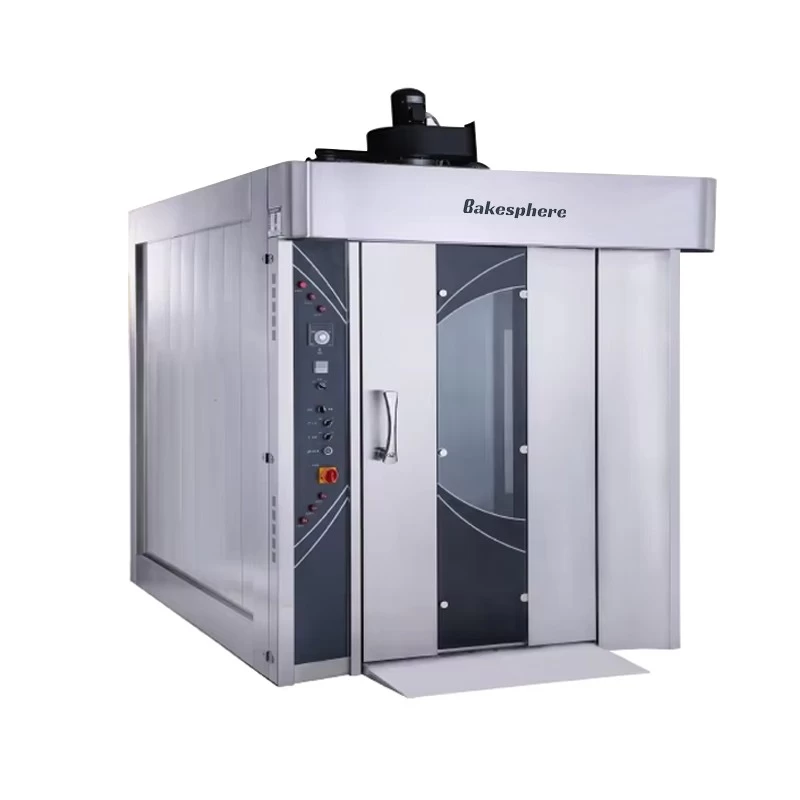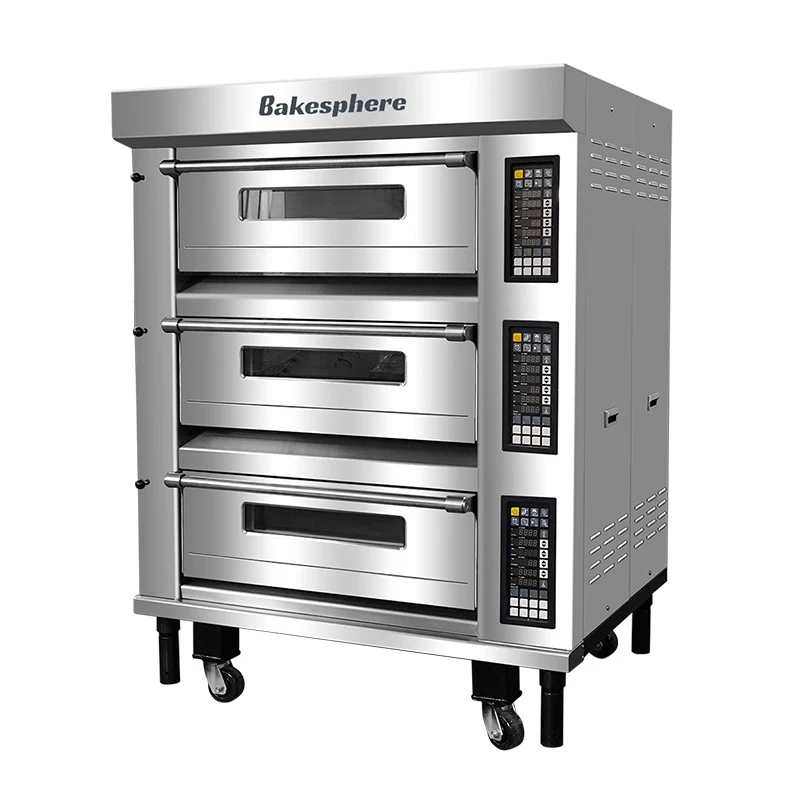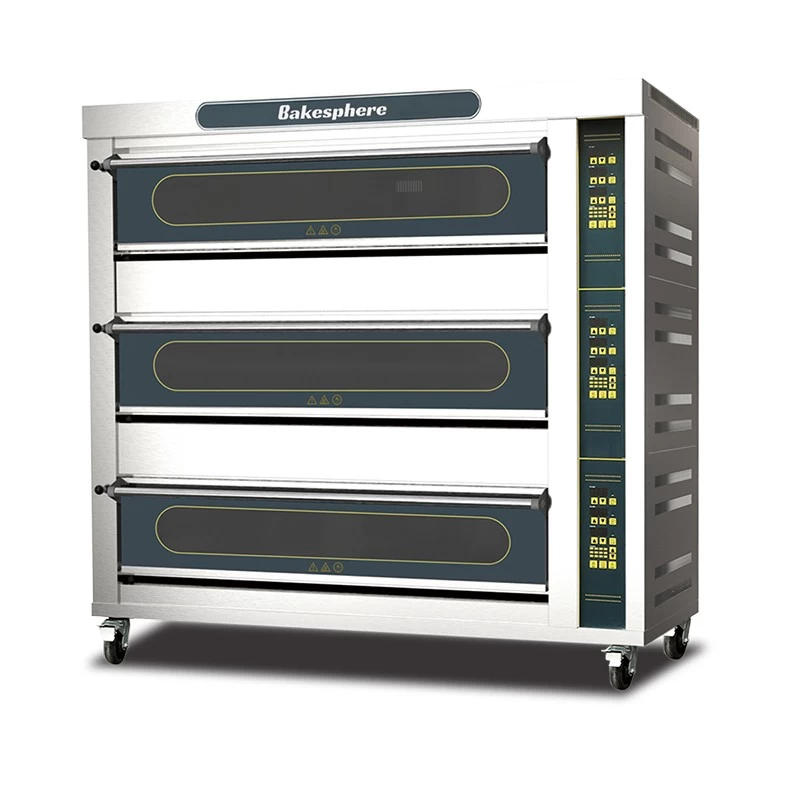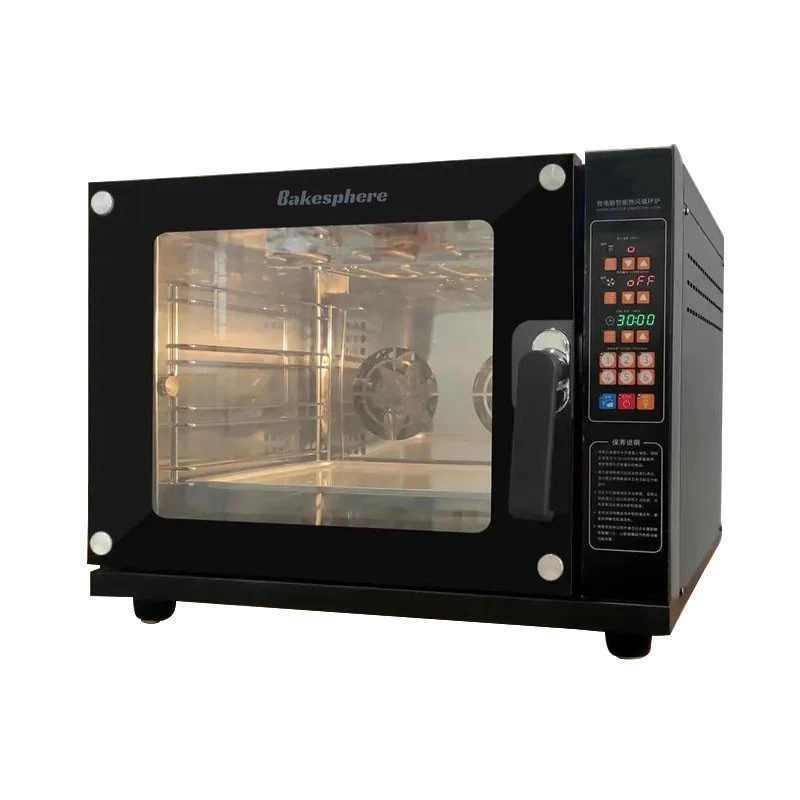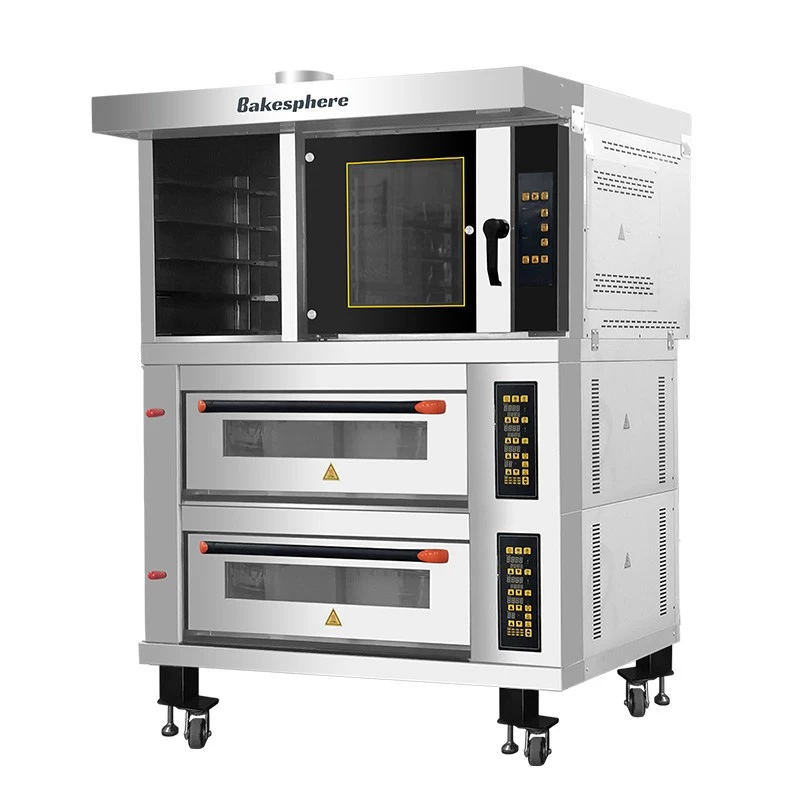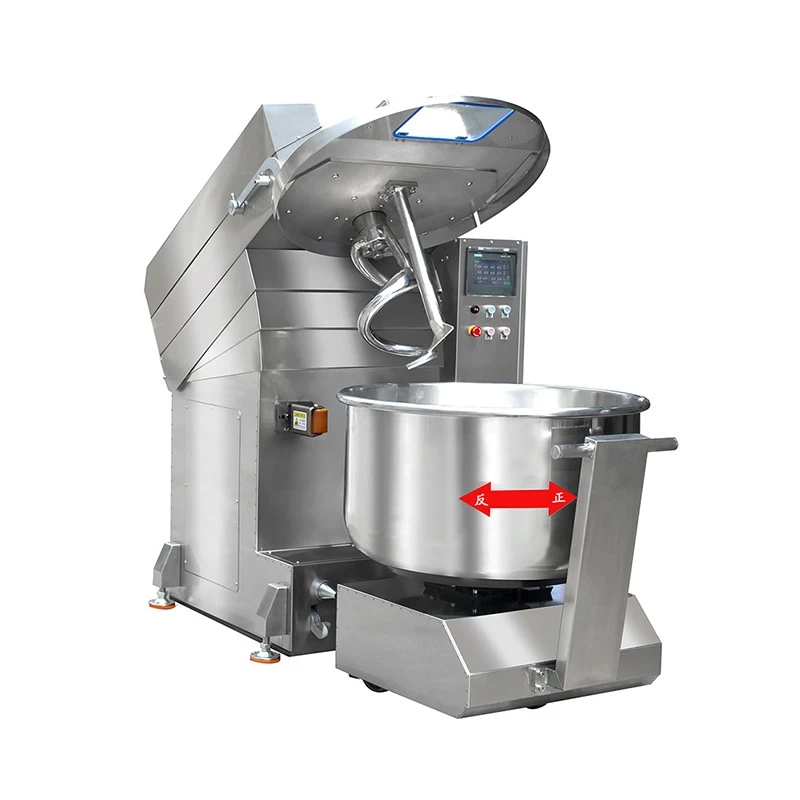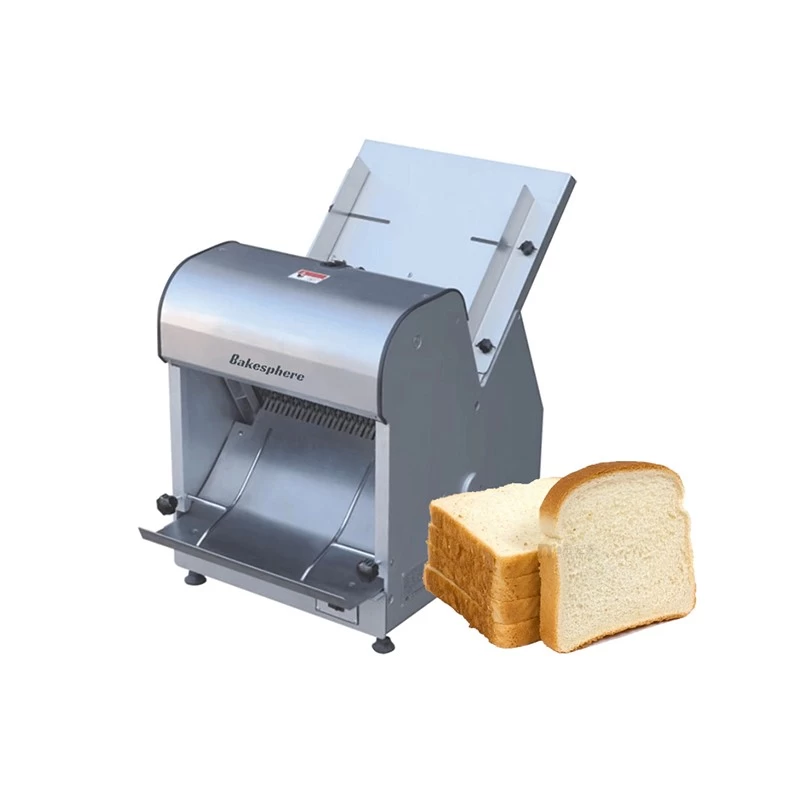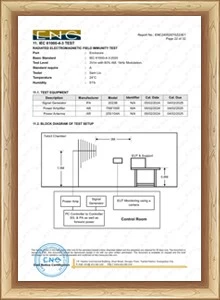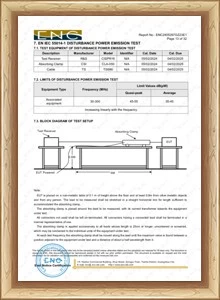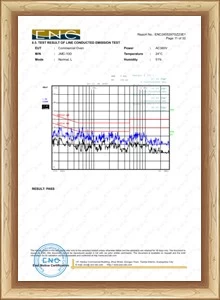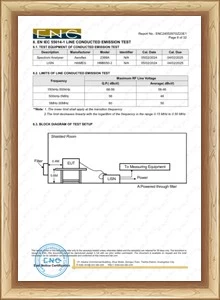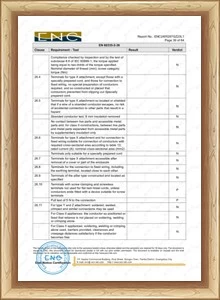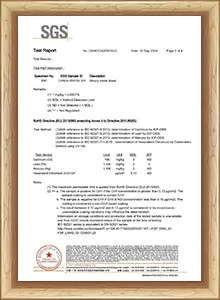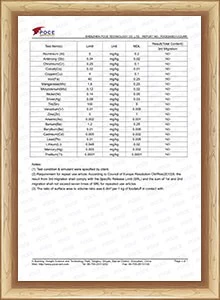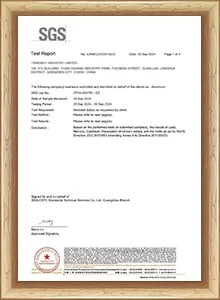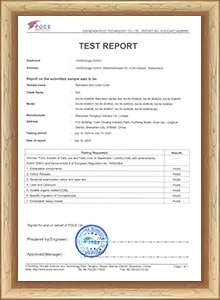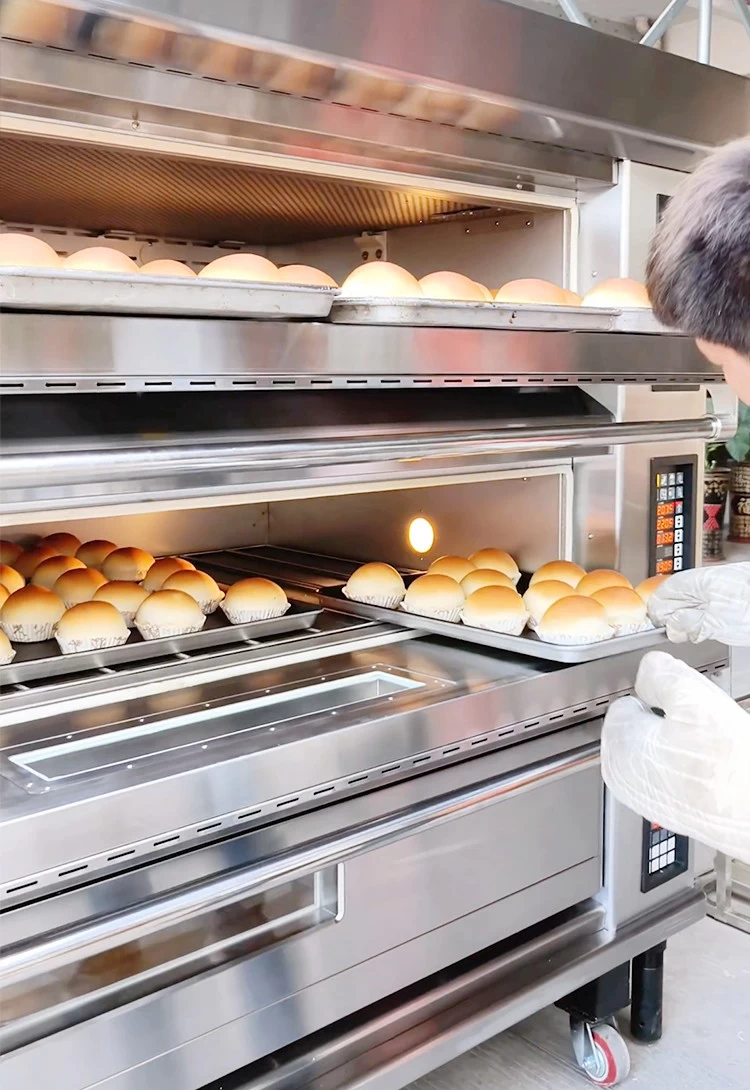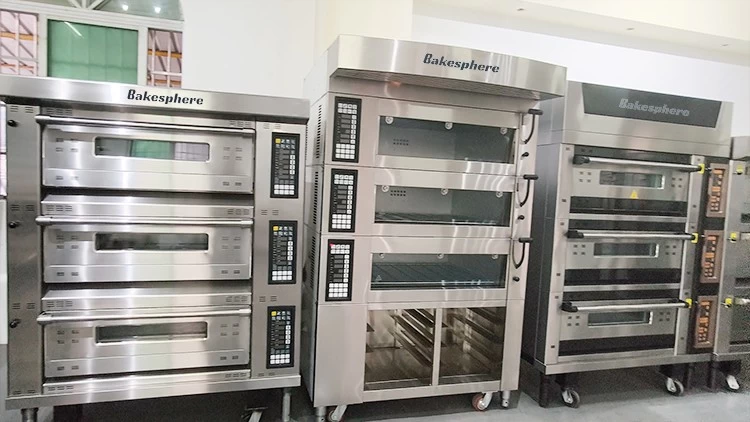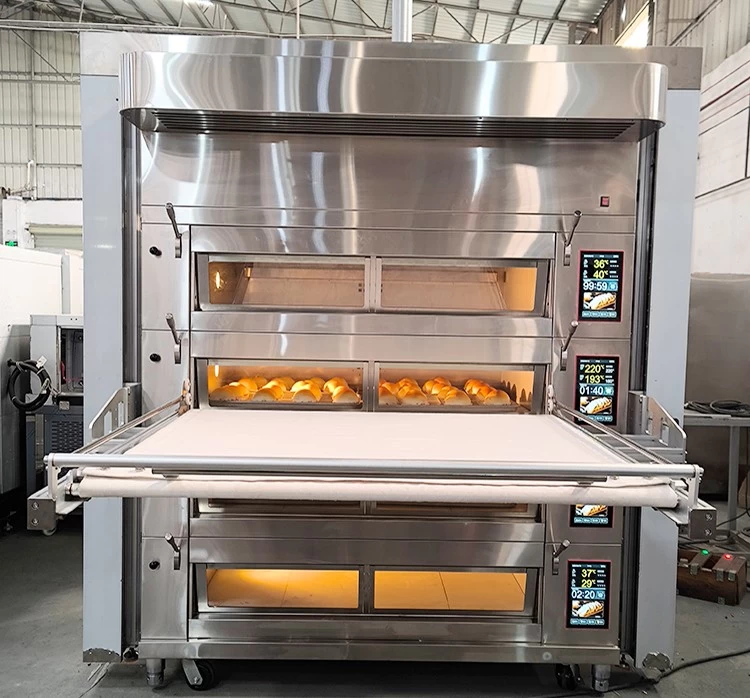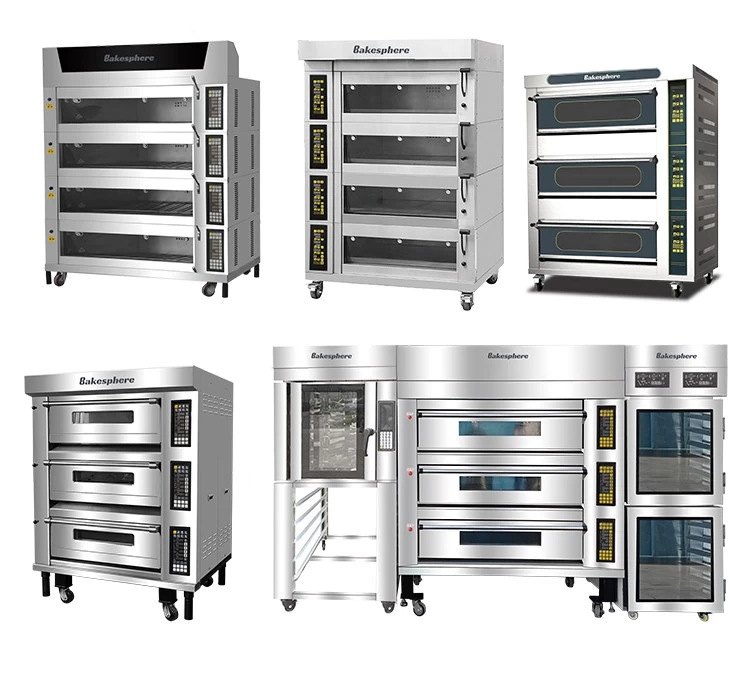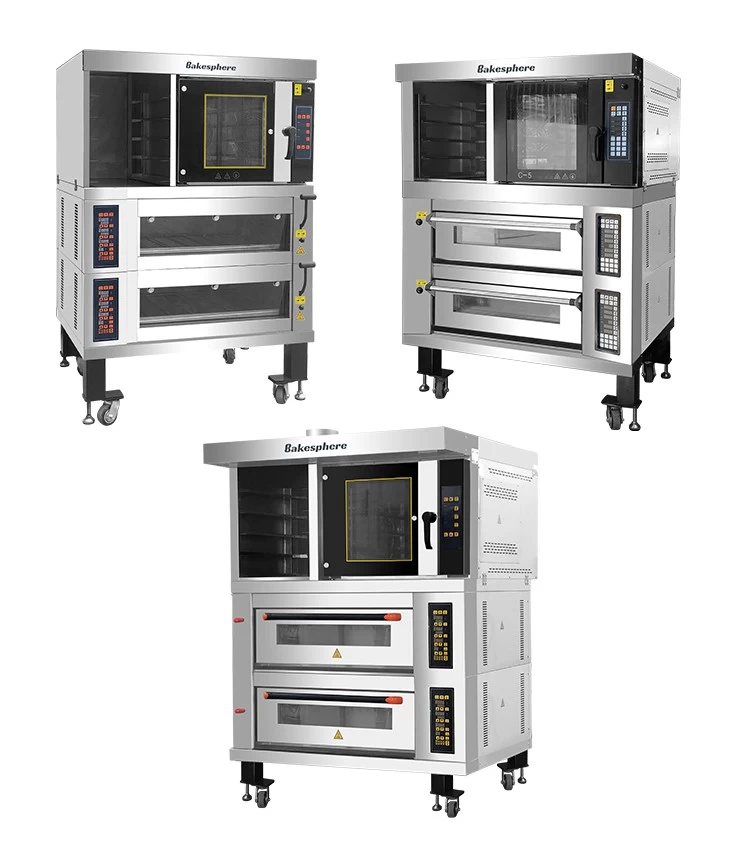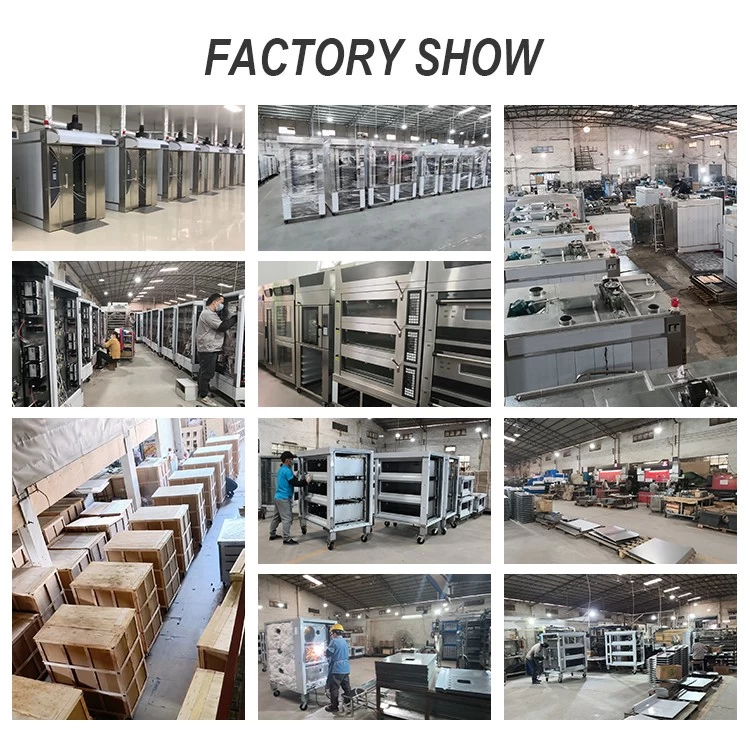Multi-Deck Oven Maximizes Production in Limited Spaces
How a Multi-Deck Oven Can Maximize Production in Limited Spaces
Content
2.Space-Saving Design Benifits
3.Production Efficiency & Versatility
5.Multi-Deck Ovens to Other Commercial Ovens
6.Customization & Optimization for Your Bakery
In today’s competitive foodservice and bakery industries, space is often a premium commodity. Whether you’re operating a small urban bakery, a café kitchen, or a compact commissary, every square meter must be optimized for performance. Yet, the demand for higher output and product variety continues to grow — creating a constant challenge: how to scale production without expanding your footprint.
This is where the multi-deck oven emerges as a smart, space-efficient solution. Designed to deliver high-volume baking in a compact vertical format, multi-deck ovens allow bakeries to maximize productivity without compromising on quality or floor space. With independent deck controls, consistent heat retention, and the flexibility to bake different products simultaneously, they offer a strategic advantage for businesses looking to grow within spatial constraints.
In this article, we’ll explore how multi-deck ovens work, why they’re ideal for space-limited environments, and how they compare to other commercial baking ovens. Whether you’re planning a new layout or upgrading your current equipment, you’ll discover how a multi-deck oven can help you bake more, smarter — even in the tightest of spaces.
1. What is a Multi-Deck Oven?
A multi-deck oven is a type of commercial baking oven composed of multiple horizontal baking chambers—or decks—stacked vertically within a single footprint. Each deck operates as an independent baking zone, often with separate temperature, steam, and timer controls. This configuration allows operators to bake different products at different settings simultaneously, significantly enhancing both flexibility and output in a limited space.
Unlike rotary ovens, which use a rotating rack system ideal for high-volume uniform baking, or convection ovens, which rely on circulating hot air for even heat distribution, multi-deck ovens excel in baking products that require strong bottom heat and artisan-style crusts. Their static heat and stone or metal deck surfaces provide direct heat transfer, making them especially suitable for breads, pizzas, and pastries.
Multi-deck ovens come in a variety of configurations—ranging from 2 to 6 decks or more, depending on the model and customer requirements. Each deck may include features such as:
• Independent top and bottom heating elements
• Stone hearth or metal tray base
• Steam injection systems for crust development
• Glass viewing doors with interior lighting
In terms of heating methods, multi-deck ovens are available in:
• Electric models – easy to install, ideal for small bakeries and urban kitchens.
• Gas models – energy-efficient for larger scale baking operations.
• Hybrid models – combining electric control with gas heating for greater precision.
Whether you’re baking artisan loaves, croissants, flatbreads, or sheet cakes, the multi-deck oven provides unmatched versatility, precision, and space optimization—making it a popular choice for professional bakeries, restaurants, and food production facilities alike.
Whether you’re baking artisan loaves, croissants, flatbreads, or sheet cakes, the multi-deck oven provides unmatched versatility, precision, and space optimization—making it a popular choice for professional bakeries, restaurants, and food production facilities alike. Bakesphere bread oven supplier in China offers a professional range of multi-deck ovens engineered for consistent performance and space-conscious operations, helping bakers achieve optimal results batch after batch.
2. Space-Saving Design Benifits
One of the most compelling advantages of a multi-deck oven is its ability to deliver high production capacity within a compact footprint. By stacking multiple baking chambers vertically, this type of oven makes the most of a kitchen’s or bakery’s unused vertical space—maximizing output without demanding a larger floor area.
For operations located in urban centers, mobile kitchens, or any facility where square footage is at a premium, this vertical design is a game changer. A single footprint can support two, three, or even six decks, allowing multiple batches of bread, pastries, or pizzas to be baked at once—each with independent temperature and steam settings.
Multi-deck ovens are also available in modular or stackable configurations, giving businesses the flexibility to start small and scale up as production grows. Need to expand? Simply add additional decks without replacing the entire oven. This makes the multi-deck oven not only space-efficient but also investment-smart, especially for fast-growing bakeries or foodservice operators.
In essence, the multi-deck oven’s vertical baking architecture helps bakeries and commercial kitchens increase throughput, streamline operations, and maintain product diversity—all while making the most of their existing layout.
3. Production Efficiency & Versatility
Beyond saving space, a multi-deck oven significantly enhances production efficiency and baking flexibility, making it a powerful asset for commercial bakeries and foodservice operations.
Each deck in a multi-deck oven is designed to function as an independent baking unit, with separate controls for temperature, steam, and baking time. This means you can bake different products simultaneously—artisan loaves on one deck, pastries on another, and pizzas or flatbreads on a third—each with the ideal conditions for texture, crust, and color. There's no need to compromise on quality or wait for one batch to finish before starting the next.
Thanks to their stone hearths or metal decks, multi-deck ovens also offer excellent heat retention and direct heat transfer, which contributes to consistent results and faster bake times. With quick heat recovery, they’re able to maintain stable internal conditions even during continuous baking cycles—perfect for high-demand periods.
Whether you're producing soft rolls, sourdoughs, laminated pastries, or sheet cakes, the multi-deck oven delivers uniform baking performance across a wide variety of products. This level of versatility helps bakers maintain a diverse menu without needing multiple ovens or switching out trays between batches.
For busy kitchens and bakeries aiming to boost productivity, reduce downtime, and meet varied baking needs throughout the day, a multi-deck oven is a dependable, all-in-one solution.
4. Applications
Multi-deck ovens are trusted by a wide range of commercial kitchens and bakeries around the world for their ability to deliver high-volume baking in a compact, flexible format. Their design and functionality make them an ideal choice for both traditional and modern food production environments.
Artisan Bakeries
For artisan bread bakers, the stone hearth and consistent heat of each deck provide optimal crust development and oven spring—crucial for sourdoughs, baguettes, and country loaves. With the ability to inject steam per deck, bakers can fine-tune the baking environment for signature textures and finishes.
Cafés and Restaurants
Small to medium-sized operations, such as cafés and restaurants, benefit from the oven’s ability to prepare a variety of baked goods throughout the day—morning pastries, lunchtime flatbreads, and dinner-service focaccias—all in one machine. The compact footprint helps maximize limited back-of-house space.
Supermarkets and In-Store Bakeries
Multi-deck ovens are widely used in supermarket bakeries, where fresh products need to be baked continuously throughout the day. Their stackable design supports a full range of products while allowing staff to manage different baking cycles with ease.
Ghost Kitchens and Commissaries
For ghost kitchens and central production facilities, where efficiency and volume matter most, multi-deck ovens enable multiple SKUs to be baked at once with minimal labor. Their modular nature also supports gradual expansion without overhauling the kitchen layout.
Whether in a small retail setting or a growing food production facility, multi-deck ovens adapt seamlessly to different workflows and product lines, making them a go-to solution for efficient, high-quality baking in diverse commercial environments.
5. Multi-Deck Ovens to Other Commercial Ovens
When selecting the right baking equipment for your operation, it’s essential to understand how a multi-deck oven stacks up against other common commercial ovens. Each oven type has its strengths—but the multi-deck oven stands out in environments where space, product variety, and quality are equally important.
Multi-Deck Oven vs. Rotary Oven
Rotary ovens are designed for large-scale, uniform production. They use rotating racks and powerful convection to bake hundreds of pieces evenly in a single cycle—making them ideal for mass production. However, they typically require more floor space and are better suited for facilities with higher square footage.
In contrast, multi-deck ovens provide greater flexibility with smaller batch sizes, diverse product baking, and a much more compact footprint. They also deliver better bottom heat and crust development—crucial for artisan-style products.
Multi-Deck Oven vs. Convection Oven
Convection ovens circulate hot air to promote even baking and are valued for their fast bake times and energy efficiency. They work well for cookies, muffins, and other small products that require even browning.
However, they often lack the strong bottom heat and steam injection needed for proper bread crust and volume. A multi-deck oven outperforms in this area, especially for breads and laminated doughs, offering better texture, rise, and artisan-quality results.
Multi-Deck Oven vs. Deck-Style Pizza Oven
While similar in appearance, standard pizza deck ovens typically have fewer features and may not offer full control of top/bottom heat or steam injection. Commercial multi-deck ovens are designed with more precision and versatility, making them suitable for a broader range of baked goods—not just pizzas.
In summary, a multi-deck oven combines the precision of artisan baking with the efficiency of commercial production, filling the gap between large-scale batch baking and specialty product performance. It’s an ideal choice for bakeries and kitchens that want the best of both worlds—versatility and compact power.
6. Customization & Optimization for Your Bakery
One of the greatest strengths of a multi-deck oven is its adaptability—not just in what it can bake, but in how it can be customized to suit your unique workflow, production needs, and kitchen space. Whether you're running an artisan bakery, a hotel kitchen, or a food production facility, the right configuration can dramatically improve both efficiency and consistency.
Tailored Deck Configurations
Multi-deck ovens are available in various sizes, ranging from 2 to 6 decks or more. Each deck can be built with independent top and bottom heating, adjustable steam injection, and individual timers, allowing you to fine-tune each baking chamber for specific products. You can choose uniform deck heights or mix different heights to accommodate everything from flatbreads to tall artisan loaves.
Optional Features to Enhance Performance
To optimize baking results and streamline operations, many multi-deck ovens offer customizable features, such as:
•Stone hearths for rustic crust and excellent heat retention
•Glass doors with interior lighting for visual control during baking
•Digital or programmable control panels for consistent settings
•Steam systems to improve bread crust, volume, and texture
•Integrated exhaust or humidity control for kitchen safety and product quality
Designed for Scalability
At Bakesphere bakery oven manufacturer in China, we also provide light customization services, allowing customers to adjust the oven’s size, power type (electric or gas), deck configuration, and control options to match their specific production scale or workflow layout. Modular designs also mean you can start with fewer decks and scale up as your business grows.
By investing in a multi-deck oven tailored to your needs, you can maximize space, reduce labor, and improve consistency across a wide range of baked goods—setting the foundation for long-term operational success.
7. Conclusion
In a commercial kitchen or bakery, where space is limited but demand is growing, choosing the right oven can make all the difference. A multi-deck oven offers the perfect balance of performance, versatility, and efficiency—allowing you to bake more in less space without sacrificing quality.
With its vertical baking capacity, independent deck controls, and ability to handle a wide range of products simultaneously, the multi-deck oven is a smart solution for businesses that need to do more with what they have. Whether you're producing crusty artisan breads, laminated pastries, or flatbreads, this oven adapts to your workflow while supporting consistent, professional results.
Designed for scalability and available with custom configurations, the multi-deck oven is not just a piece of equipment—it’s a strategic investment in long-term productivity and growth. For bakeries, restaurants, ghost kitchens, or supermarkets operating in tight quarters, it provides an efficient path to increased output, reduced labor, and expanded product offerings.
At Bakesphere industrial baking oven factory in China, you don’t just get efficient baking equipment—you gain a reliable partner in scaling your bakery’s output, even in compact or high-pressure environments.If you're ready to upgrade your baking capacity without expanding your floor plan, consider a multi-deck oven designed to meet the needs of your operation.

